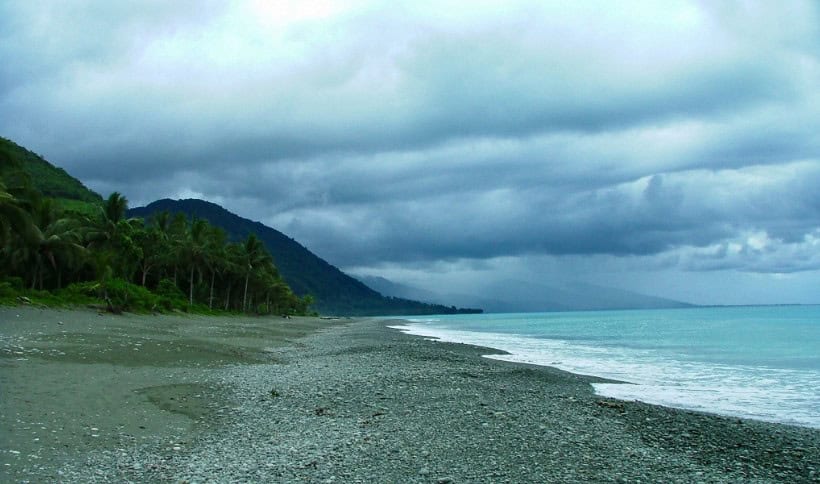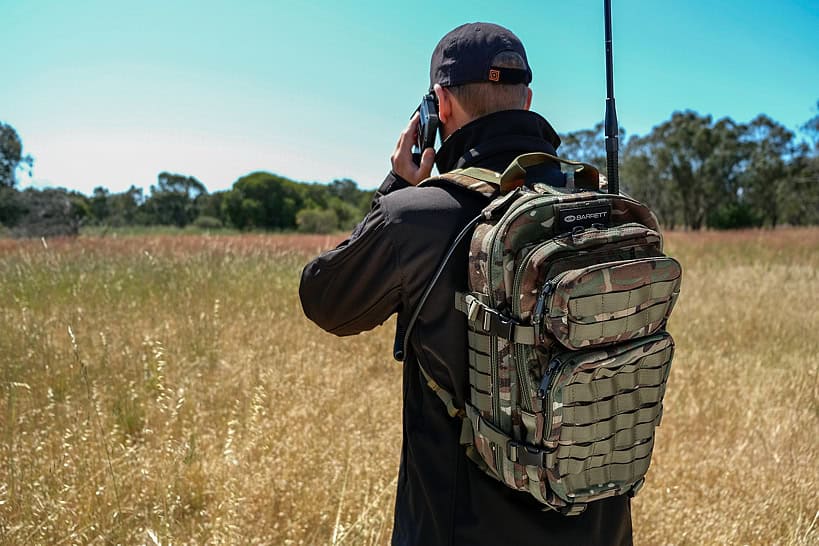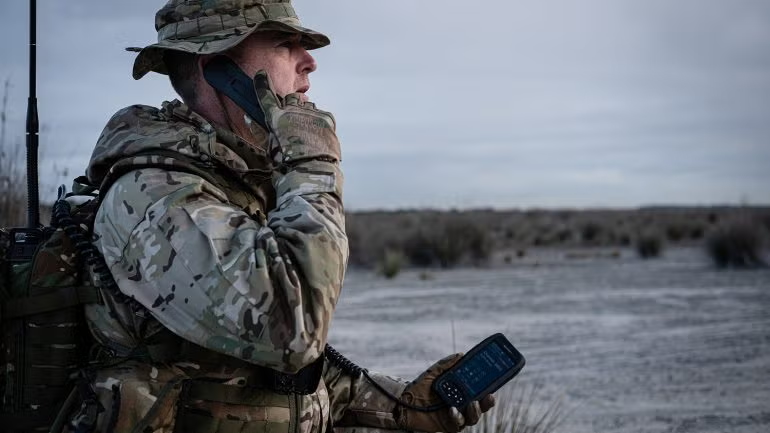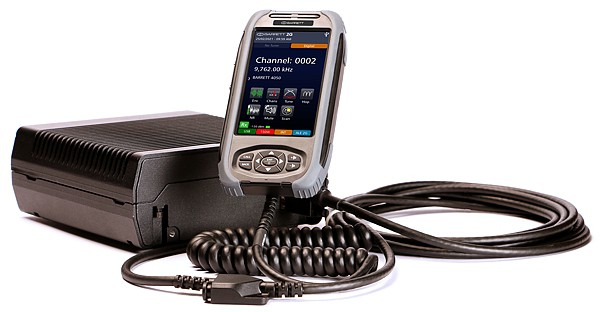Understanding the V of VHF radio signals
Understanding the V of VHF radio signals

Understanding the X’s and O’s of VHF communications can help guide your purchasing decisions for your operational needs.
From the PRC-2080+ tactical radio system to the 4050 HF SDR transceiver, Barrett Communications adopts an alphanumeric strategy in defining and categorising our broad array of premier products. While it may come across as alphabet soup to those who are unfamiliar with radio systems, abbreviations like “HF” (high frequency) and “SDR” (software-defined radio) are undoubtedly as common knowledge for you as “ASAP.”
You may also know what VHF stands for — very high frequency — but you may not know what defines “very.” Understanding the X’s and O’s of VHF communications can help guide your purchasing decisions for your operational needs.
Generally speaking, very high frequency means that a two-way radio has a broadcast range of 30 to 300 megahertz (MHz), based on the designations established by the International Telecommunication Union (ITU). The ITU is an arm of the United Nations.
VHF is an ideal broadcast range for data transmission due to the wide bandwidth available. It’s also used for terrestrial radio broadcasting and for the communications systems that seafarers or fishing boats may use due to line of sight propagation.
A radio or communications system with VHF capabilities offers a number of advantages beyond having a wider broadcasting range. For example, if your job is largely spent outdoors in rural areas, VHF radios are great for geographic environments that are wide open. This is why farmers, hikers and agricultural professionals often choose VHF radios to interact with co-workers, friends or people they’re supervising”
In what way does VHF differ from UHF?
Another frequency option is UHF, or ultra-high frequency. UHF radios offer higher bandwidth, and as such, better data transmission options. They also offer better penetration through buildings, making the UHF radio communications system best suited for use in urban areas, where other users aren’t as far away, but the environment is more enclosed due to high-rises, automobiles and transportation infrastructure like subways and bridges. Their range, however, is shorter than that of VHF radios in open terrain.
These are just a few of the differences between UHF and VHF. If you have any questions about which is your best option, Barrett Communications is happy to help. Contact us today to learn more about our offerings that are customised to your industry and your work environment.







